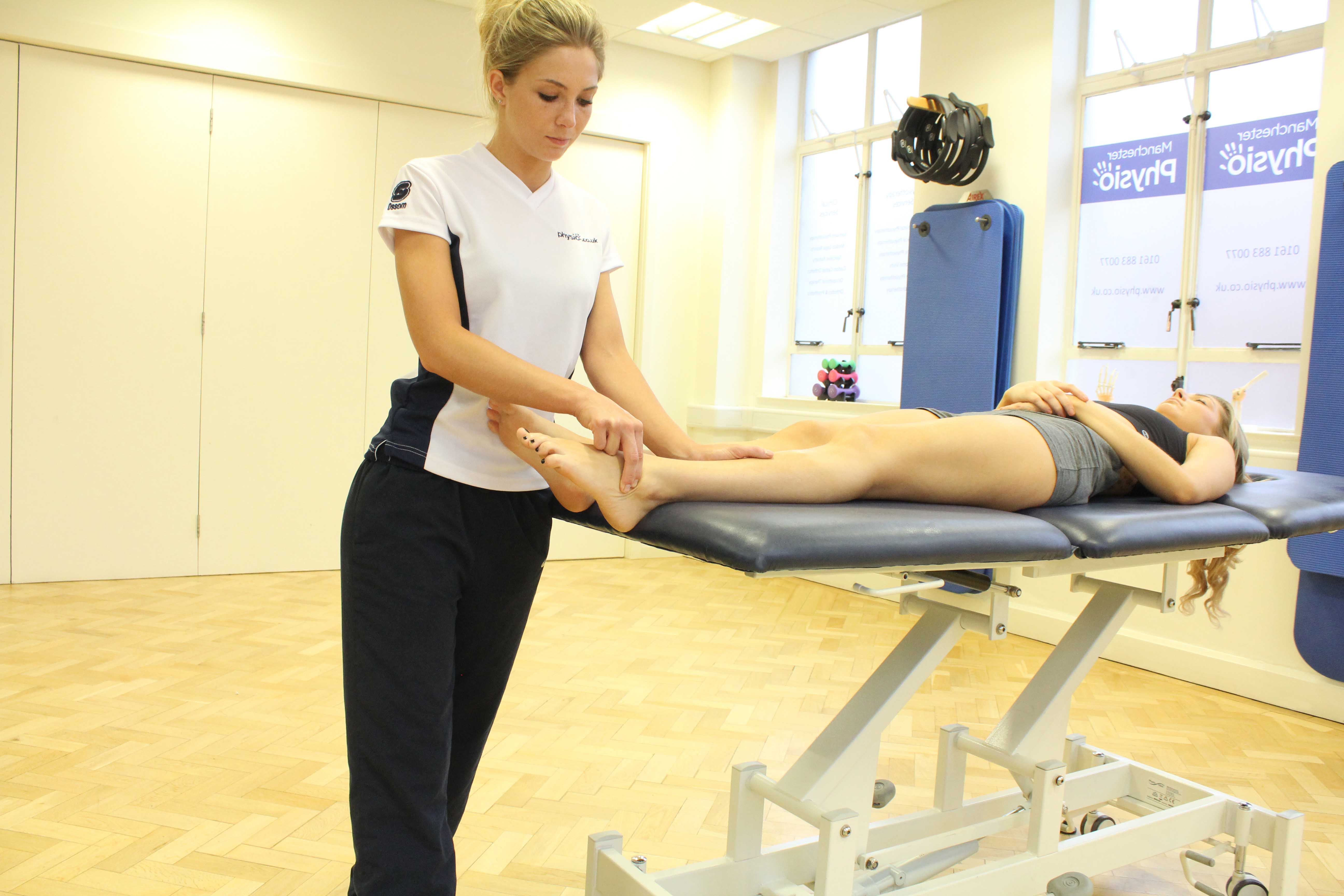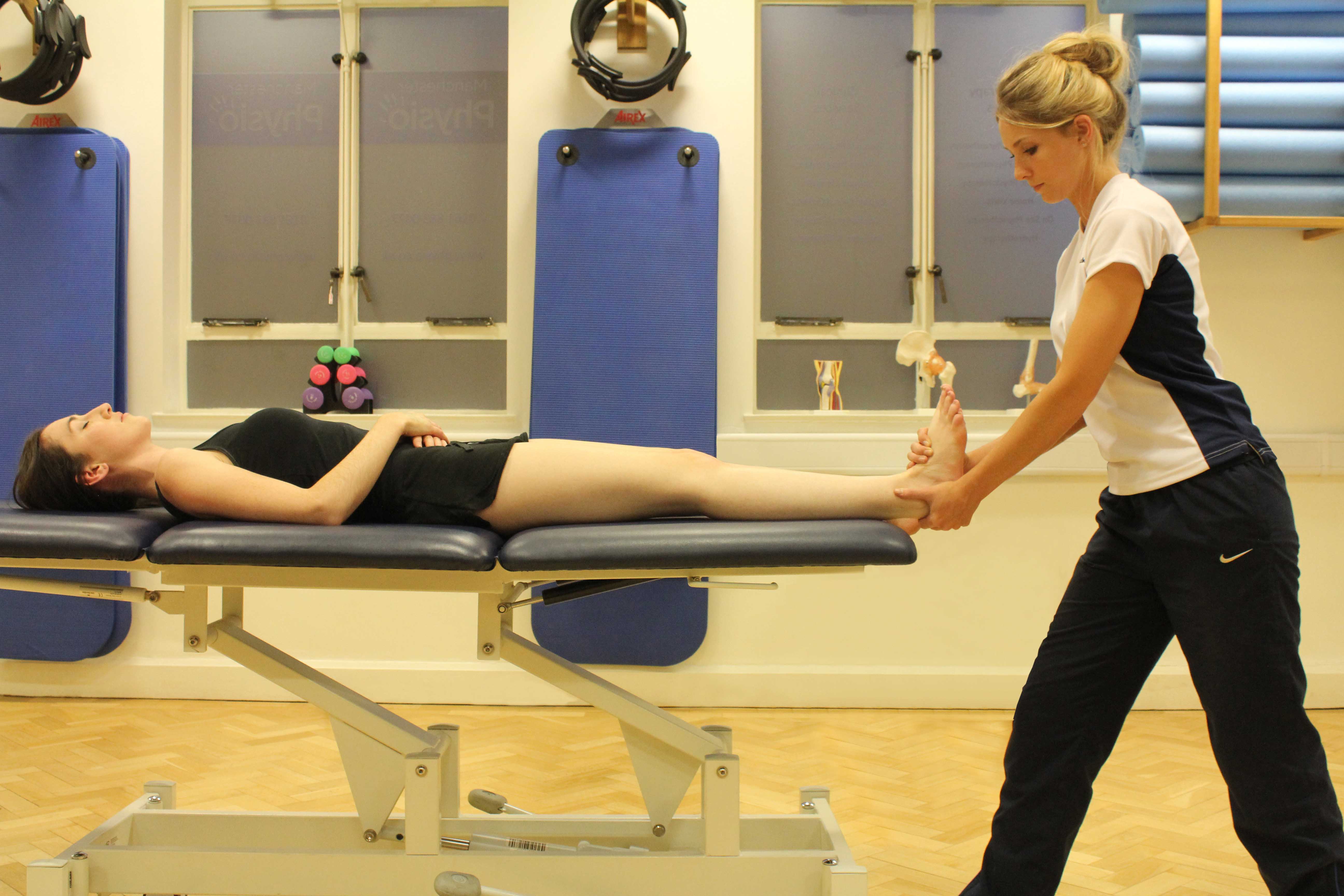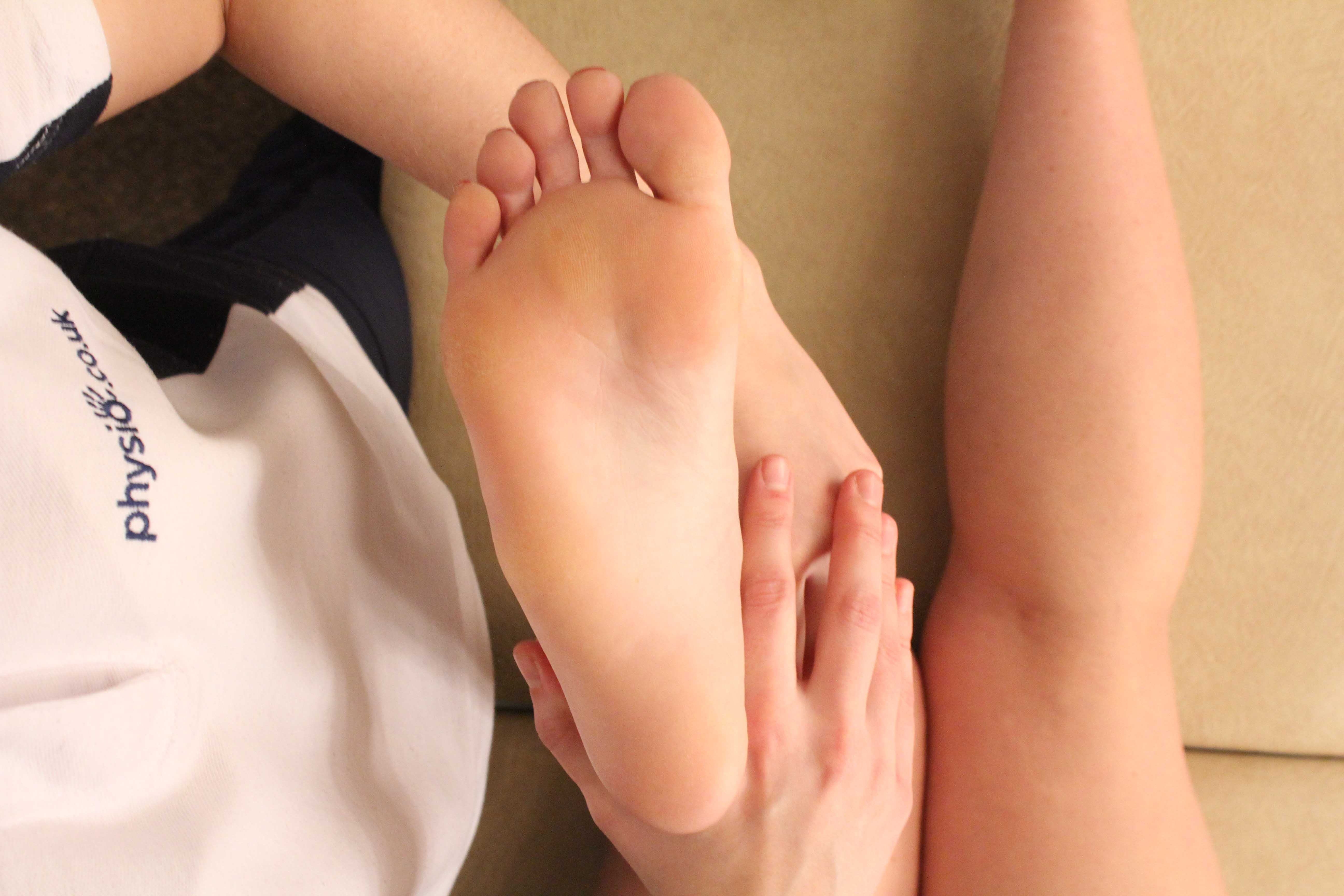Peroneal tendon surgery
Peroneal tendon surgery is a procedure which repairs or replaces part or all of the peroneal tendons. A tendon is a soft tissue that connects muscle to bone. There are two peroneal tendons which are located on the outside of the foot and ankle area (peroneus brevis and peroneus longus). The peroneal muscles which are connected to the tendons dorsiflex the ankle (pull the toes up) and evert the ankle (move the ankle outwards). They are important tendons as they keep the foot and ankle in a balanced position and stop the foot from inverting (moving inwards). There are a number of ways that these tendons can get injured:
- A direct blow to the outside of your foot
- A forceful movement of the foot inwards (inversion) or a twisting injury
- An overuse injury which may involve repetitive eversion movements of the foot
- Tight calf muscles (soleus and gastrocnemius) which may put increased pressure on the peroneal muscles and tendons
- Inflammation of the synovium (membrane of the tendons) from overuse
- A fracture of the ankle and/or foot joints causing the tendons to tear
- Pain on the outside of your ankle or around the calcaneus (heel bone )
- Pain when you invert your foot
- Swelling after activity
- Crepitus (clicking noises ) when the ankle is moved into various positions
- Tightness and/or pain the calf area
- A snapping noise as the tendon moves out of its normal position
- Instability around the ankle joint
- Weakness of the muscles surrounding the foot and ankle
- Warmth and redness
If conservative treatment is not effective or the injury is too severe, then surgery of the peroneal tendons may be necessary. There are various surgical options and Physio.co.uk will able to provide you with a full physiotherapy programme before and after your surgery to give you the best possible recovery. The following surgical procedures may be considered depending on the extent of your injury:
- If you have had a peroneal tendon subluxation, surgery will involve a small incision (minimally invasive surgery) to deepen the area on the fibula where the tendons are positioned. This will help the tendons to stay in place and the retinaculum ligament will also be repaired.
- Repair of the damaged tendons.
- Damaged areas of the tendon may be shaved off (tendon debridement).
- If the tendon is too severely damaged it may need to be replaced. Peroneal tendon replacement usually involves a graft from the strong Achilles tendon which connects the calf muscles (gastrocnemius and soleus) to the calcaneus (heel bone). The new part of the tendon will be held in place onto the bone with metal screws or staples.
- If the membrane of the tendon is inflamed and damaged it may have to be removed in a procedure known as a synovectomy.
 Above: Soft tissue friction massage of the ankle ligaments
Above: Soft tissue friction massage of the ankle ligamentsPhysiotherapy prior to peroneal tendon surgery
The specialist physiotherapists at Physio.co.uk can design you a personalised programme to optimise the success rates of your surgery. This may include:
- Cryotherapy (ice treatment) and compression to reduce the swelling
- Gentle soft tissue techniques to help with the healing of other damaged tissue
- Gentle mobilisations of other joint around the foot and ankle area to maintain range of movement
- Soft tissue massage of the calf muscle
- Advice on activities to continue and those to avoid
- Pain control
- Your physiotherapists can teach you how to effectively tape your ankle to prevent re-injury
- Gentle strengthening and range of movement exercises
- Exercises to maintain the activity levels of the other leg
- Upper limb and cardiovascular activity
 Above: Mobilisations and stretches applied to the connective tissues in the ankle
Above: Mobilisations and stretches applied to the connective tissues in the ankleSymptoms after peroneal tendon surgery
After the surgery you may experience various temporary symptoms which the physiotherapists at Physio.co.uk can advise you on how best to control them. These could include:
- Swelling
- Stiffness
- Temporary pain from the operation
- A scar from the incision made by the surgeon
- Temporary pins and needles and/or numbness if any of the nerves supplying the foot and ankle area have been disrupted during surgery
Physiotherapy after peroneal tendon surgery
For minor peroneal tendon surgery including repair, debridement and synovectomy, will be required to wear an aircast boot for 4-6 weeks but will be able to weight-bear after 48 hours depending on your pain levels. A tendon graft will have a longer recovery time and you will be in a cast for up to 6 weeks before being transferred to an aircast boot. It may take up to 12 weeks before you are fully weight-bearing.
 Above: Mobilisations and stretches applied to the connective tissues in the ankle
Above: Mobilisations and stretches applied to the connective tissues in the ankleWeeks 1-2
The first few weeks of your programme with Physio.co.uk will concentrate on reducing the symptoms from surgery. Treatment may include:
- Cryotherapy and compression to reduce swelling
- Gentle exercise to increase range of movement
- Mobilisation techniques to improve the mobility of your scar
- Simple strengthening exercises in sitting
- Range of movement and strengthening exercises for the unaffected leg
- Continuing non weight-bearing cardiovascular activity including cycling
- Upper limb activity
- Advise on your walking pattern if you are still with crutches
Weeks 4-6
You may now be able to put more weight through your leg and the symptoms of surgery should be decreasing. Rehabilitation with Physio.co.uk will now include:
- Gait re-education
- Improving the strength of the calf and peroneal muscles
- Improving range of movement at the foot and ankle
- Mobilisation techniques on the foot and ankle
- Continuing with cryotherapy
- Gentle weight-bearing cardiovascular activity if able including light jogging
- Balance retraining exercises (proprioception) in sitting or standing
Week 6 and onwards
Unless you have had a tendon replacement, you should be fully weight bearing now and be experiencing less pain from the operation to be able to begin a more intense rehabilitation programme at Physio.co.uk. Your treatment will now focus on:
- Functional and dynamic activities that relate to your work, sport or hobby
- Progressing strength and range of movement to near the level that was achieved before the operation
- Progress cardiovascular activity to your preoperative level
- Ultrasound to facilitate healing of the tendon
- Soft tissue massage around the calf area
Summary
Peroneal tendon surgery is a procedure to repair damaged peroneal tendons either by minimally invasive surgery or using a graft from the Achilles tendon. After surgery your foot and ankle should seem more stable and with adherence to a specialised programme designed by Physio.co.uk you should soon regain your normal strength and range of movement. For the best chance of returning to full fitness call Physio.co.uk on 0330 088 7800 to book an appointment today!

 0330 088 7800
0330 088 7800


































